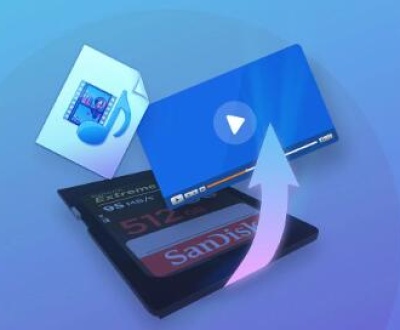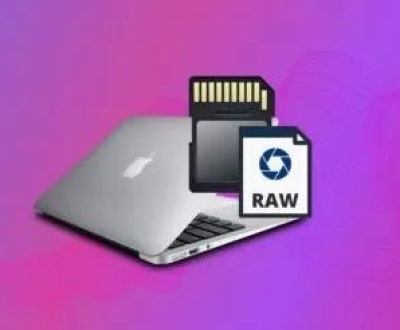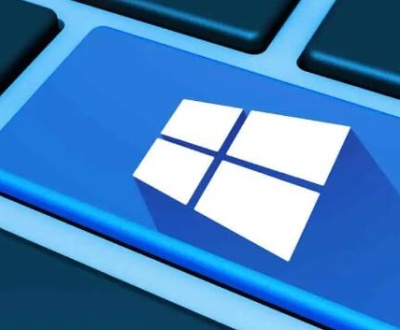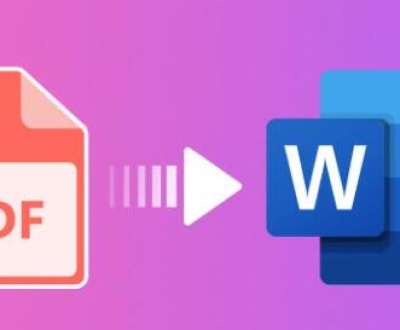Capturing memories with a camera is a timeless practice. Whether it’s a high-end DSLR, a mirrorless camera, or a compact action camera like a GoPro, many people still rely on dedicated devices to record their most precious videos. However, in our mobile-first world, sharing and editing videos directly from a phone has become the norm. That brings up the important question: how do you transfer videos from a camera to a phone efficiently, safely, and quickly?
Chapter 1: Connection Between Camera and Phone
Before jumping into the how-tos, it’s important to understand the basic technology involved in transferring videos from a camera to a phone.
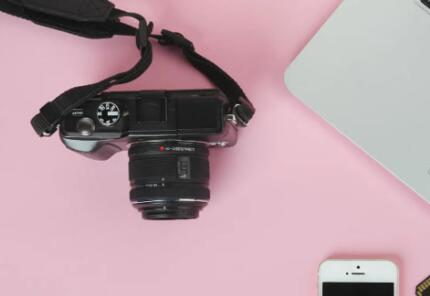
1.1 Storage Medium
Most cameras save video footage onto an SD card or microSD card. Your phone, in contrast, stores data internally or on an external microSD (in Android phones).
1.2 File Formats
Cameras usually record videos in MOV, MP4. or AVI formats. These formats are generally compatible with phones, though high bitrates or exotic codecs can cause playback issues.
1.3 Connectivity Options
To move videos, you’ll generally need to connect your camera and phone using one of the following:
USB cable (using an OTG adapter if needed)
Wi-Fi or Bluetooth
SD card reader
Cloud storage or file transfer apps
Chapter 2: Transferring via SD Card Reader
2.1 Using an SD Card Reader with Android Phones
Android devices often support USB OTG (On-The-Go) functionality, allowing you to connect peripherals like SD card readers.
What You Need:
A USB OTG adapter (USB-C or micro USB depending on your phone)
An SD card reader
Your camera’s SD card
Steps:
Remove the SD card from your camera.
Insert it into the SD card reader.
Connect the reader to your phone using the OTG adapter.
Open the File Manager on your Android phone.
Navigate to the SD card.
Copy the videos and paste them into your internal storage or SD card.
2.2 Using an SD Card Reader with iPhones
For iPhones, Apple offers a Lightning to SD Card Camera Reader.
Steps:
Insert the SD card into the Apple card reader.
Connect the reader to the iPhone.
The Photos app will automatically prompt you to import.
Choose the videos you want and tap Import.
Chapter 3: Transferring via USB Cable
3.1 Direct USB Transfer with Android
Some cameras support MTP (Media Transfer Protocol). If your camera and phone both support OTG, you might be able to connect them directly.
Steps:
Connect the camera to the phone using a USB OTG adapter and cable.
Power on the camera and set it to “Media Transfer” or similar mode.
Your phone should recognize the camera as an external device.
Use a file manager app to transfer the videos.
3.2 Direct USB Transfer with iPhone
This method is less straightforward for iPhones because they don’t natively support USB OTG connections with all camera types. You’ll typically need third-party apps or use Apple’s Camera Connection Kit.
Chapter 4: Transferring via Wi-Fi and Bluetooth
4.1 Using the Camera Manufacturer’s App
Many modern cameras, including Canon, Sony, Nikon, and GoPro, offer proprietary mobile apps that allow wireless video transfers.
Popular Apps:
Canon Camera Connect
Nikon SnapBridge
Sony Imaging Edge Mobile
GoPro Quik
DJI Mimo
Steps (General):
Enable Wi-Fi or Bluetooth on your camera.
Pair it with your phone using the camera’s mobile app.
Open the app and browse the camera’s media gallery.
Select the videos you want and tap download.
5.1 Using a Computer as an Intermediary
If direct transfer isn’t possible, you can use a computer and cloud storage service (e.g., Google Drive, Dropbox, OneDrive) to bridge the gap.
Steps:
Connect your camera to your PC using USB or insert its SD card into your PC.
Copy the videos to your computer.
Upload the videos to a cloud storage service.
Install the corresponding cloud app on your phone.
Download the videos from the cloud to your phone.
Chapter 6: Using File Transfer Apps
6.1 Apps That Use Wi-Fi Direct or Hotspot
Apps like SHAREit, Xender, or Send Anywhere can help move large video files quickly over a wireless connection between devices.
Steps:
Export the videos from your camera to a computer or Android phone.
Use the app to transfer the video wirelessly to the phone you want to use.
Accept the transfer and save the files.
6.2 Using AirDrop (Apple Devices)
If your camera exports videos to a Mac, you can use AirDrop to quickly send them to an iPhone.
Steps:
Make sure Bluetooth and Wi-Fi are on for both Mac and iPhone.
On Mac, right-click the video file and select Share > AirDrop.
Choose your iPhone from the list.
Accept the file on your iPhone.
Chapter 7: Tips for Smooth Video Transfer
7.1 Check for Sufficient Storage
Before transferring large videos, ensure your phone has enough free storage. 4K videos can take up a lot of space.
7.2 File Format Compatibility
Use free apps like Handbrake to convert videos into phone-friendly formats if they don’t play after transfer.
7.3 Backup Videos First
Always back up important videos before transferring them, especially if you’re planning to delete them from the camera or card afterward.
7.4 Use High-Speed SD Cards
To reduce transfer time, use UHS-I or UHS-II SD cards, especially if recording in 4K or high-bitrate formats.
Chapter 8: Troubleshooting Common Problems
8.1 Phone Doesn’t Recognize SD Card Reader
Make sure OTG is supported and enabled on your phone.
Try using a different SD card or reader.
Restart your phone.
8.2 Transfer is Too Slow
Use a USB 3.0 compatible reader and cables.
Avoid wireless transfer for large files—use direct cable connections instead.
8.3 Videos Won’t Play on Phone
Convert the video format using a tool like VLC or Handbrake.
Try opening the video in a different media player.
8.4 Can’t Connect Camera to Phone Wirelessly
Reset network settings on both devices.
Ensure both camera firmware and mobile apps are up to date.
Forget and re-pair the connection.
Chapter 9: Specialized Scenarios
9.1 Transferring from GoPro to Phone
Use the GoPro Quik app for seamless wireless transfers. It also allows basic editing and social sharing.
9.2 Using a DSLR (Canon, Nikon, Sony)
Most modern DSLRs support mobile transfer through brand-specific apps. For older models, SD card readers remain the best method.
9.3 Using a Drone Camera
Drones like DJI models offer mobile apps (e.g., DJI Fly) for direct downloads of aerial videos to your phone.
About us and this blog
Panda Assistant is built on the latest data recovery algorithms, ensuring that no file is too damaged, too lost, or too corrupted to be recovered.
Request a free quote
We believe that data recovery shouldn’t be a daunting task. That’s why we’ve designed Panda Assistant to be as easy to use as it is powerful. With a few clicks, you can initiate a scan, preview recoverable files, and restore your data all within a matter of minutes.
Subscribe to our newsletter!
More from our blog
See all postsRecent Posts
- Retrieve deleted videos from sd card 2025-04-25
- How to retrieve damaged sd card? 2025-04-25
- Retrieve photos from sd card 2025-04-25

 Try lt Free
Try lt Free Recovery success rate of up to
Recovery success rate of up to

